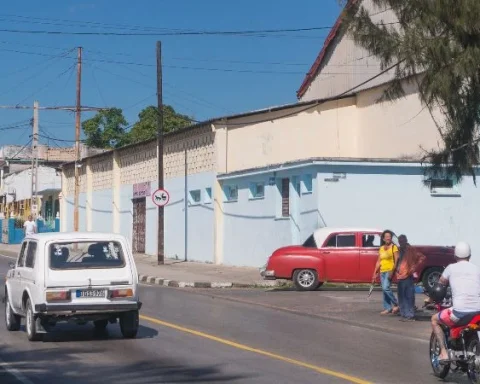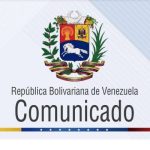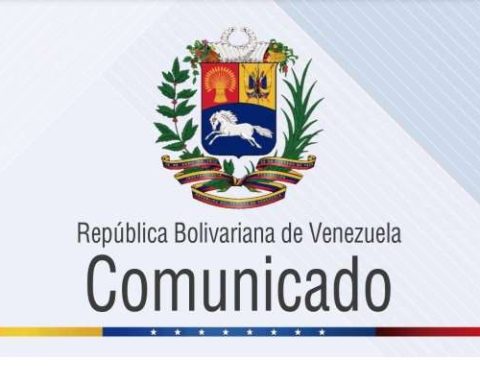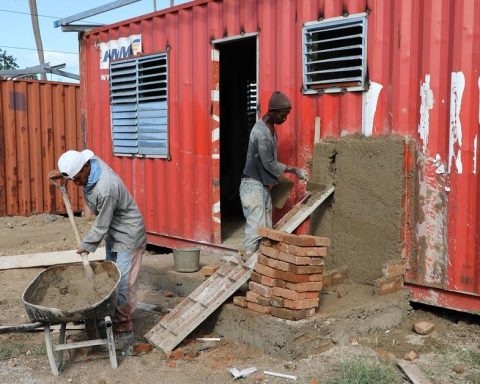MIAMI, United States. – The Cuban Electric Union (UNE) advertisement that the blackouts will simultaneously cover 25% of the national territory during peak hours (afternoon-evening) on Monday.
In your daily partthe state company indicated that the interruptions in the electrical service are due to the fact that 52 distributed generation plants (electric motors) are out of service due to lack of fuel (diesel and fuel oil) and four units of its thermoelectric plants (20% of the total) are damaged.
In August, the island recorded one of the highest power outages in three months (39%), although still below the 45% outage reported in February of this year.
Specifically, for this Monday the company estimates a maximum electricity generation capacity of 2,450 megawatts (MW) and a demand of up to 3,200 MW, for a deficit of 750 MW.
However, the impact (what will actually be disconnected) will reach 820 MW during peak hours on September 9, UNE said.
Currently, power cuts affect all provinces (although they are worse outside of Havana) and have reached up to 10 hours a day twice a day (around 20 hours in total).
In May of this year, the Cuban ruler, Miguel Diaz-Canelsaid the country would experience “prolonged” power outages until June due to maintenance work on the energy system. This measure, according to authorities, seeks to reduce interruptions during the months of July and August, when consumption is highest.
“We are going to have extended maintenance until the month of June to minimize the inconvenience of blackouts in the summer, especially in the months of July and August,” said Díaz-Canel in the sixth episode of his podcast From the Presidency. The president made it clear that the total absence of blackouts cannot be guaranteed: “We cannot commit to the absence of blackouts. Given the current conditions of the system, such a commitment is not possible now,” he said.
The blackouts, which affected more than a third of the country in June, further complicate the already tense energy situation in the country. Power cuts affect all provinces, reaching up to 10 hours a day, even in Havanawhere “scheduled” blackouts are implemented by neighborhood, lasting approximately eight hours.
These blackouts not only undermine the economic performance of Cuba, which has been mired in a serious crisis for years, but have also been the trigger for anti-government protests. The most notable ones occurred on July 11, 2021the largest in decades, and most recently on March 17 in Santiago de Cuba and other locations.
















